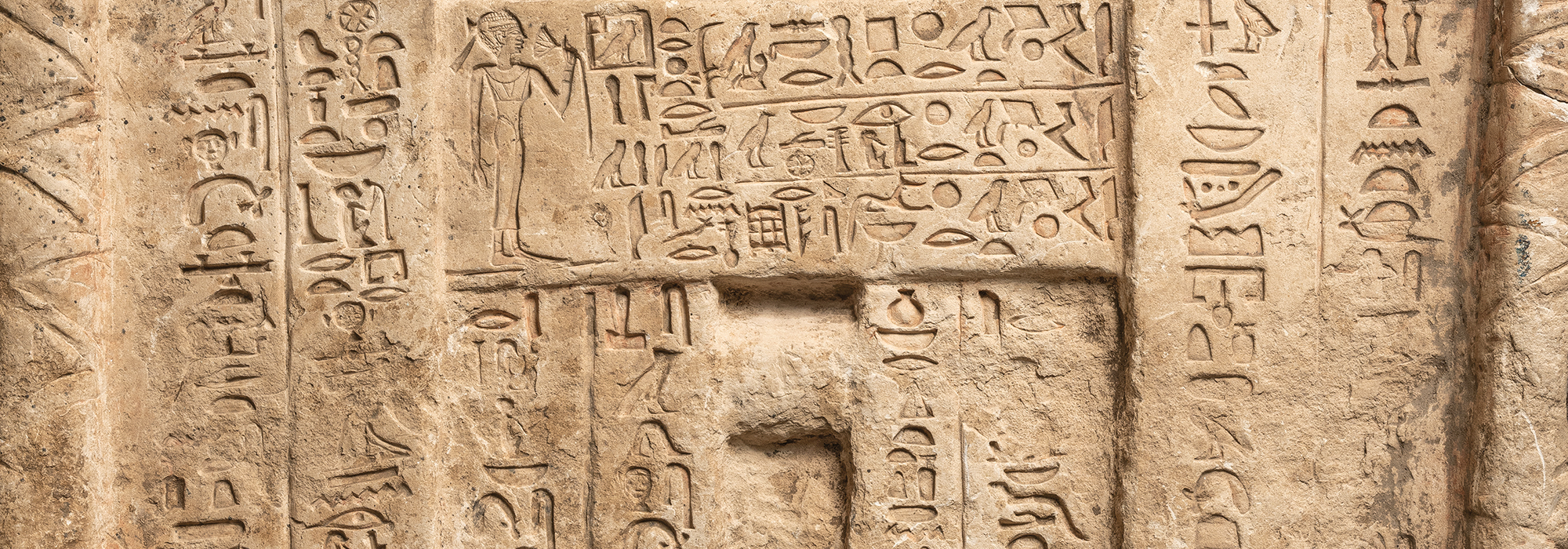CHICAGO, ILLINOIS—Science News reports that the ancient patches of fertile land known as Amazonian Dark Earths (ADEs) found near archaeological sites in the Amazon River basin may have been created intentionally, based upon a new study of the practices of the Kuikuro people, who live in southeastern Brazil. Some have argued that ADEs were formed through geologic processes, but the Kuikuro create enriched soil, known as eegepe, around their villages today with ash, food scraps, and controlled burns. Morgan J. Schmidt and Taylor Perron of the Massachusetts Institute of Technology and their colleagues compared samples of ADEs collected from areas around Kuikuro villages and archaeological sites in Brazil’s Xingu River basin and found that they are both far less acidic than the surrounding soils, perhaps as a result of the addition of ash. The ADEs also contained higher levels of nutrients needed for growing crops. Finally, the researchers found that the samples held about twice the amount of carbon than the surrounding soils. “People in the ancient past figured out a way to store lots of carbon for hundreds or even thousands of years,” Perron concluded. For more, go to "Dark Earth in the Amazon."
Study Investigates Source of Amazon’s “Dark Earth”
News January 5, 2023
Recommended Articles
Digs & Discoveries September/October 2019
Home on the Plains

Letter From the Philippines May/June 2018
One Grain at a Time
Archaeologists uncover evidence suggesting rice terraces helped the Ifugao resist Spanish colonization

Off the Grid January/February 2026
Prophetstown, Indiana

Letter from France January/February 2026
Neolithic Cultural Revolution
How farmers came together to build Europe’s most grandiose funerary monuments some 7,000 years ago

-
Features November/December 2022
Mexico's Butterfly Warriors
The annual monarch migration may have been a sacred event for the people of Mesoamerica
 (+NatureStock)
(+NatureStock) -
Features November/December 2022
Magical Mystery Door
An investigation of an Egyptian sacred portal reveals a history of renovation and deception
 (© The Fitzwilliam Museum, Cambridge)
(© The Fitzwilliam Museum, Cambridge) -
Letter from Australia November/December 2022
Murder Islands
The doomed voyage of a seventeenth-century merchant ship ended in mutiny and mayhem
 (Roger Atwood)
(Roger Atwood) -
Artifacts November/December 2022
Hellenistic Inscribed Bones
 (Courtesy Israel Antiquities Authority)
(Courtesy Israel Antiquities Authority)



